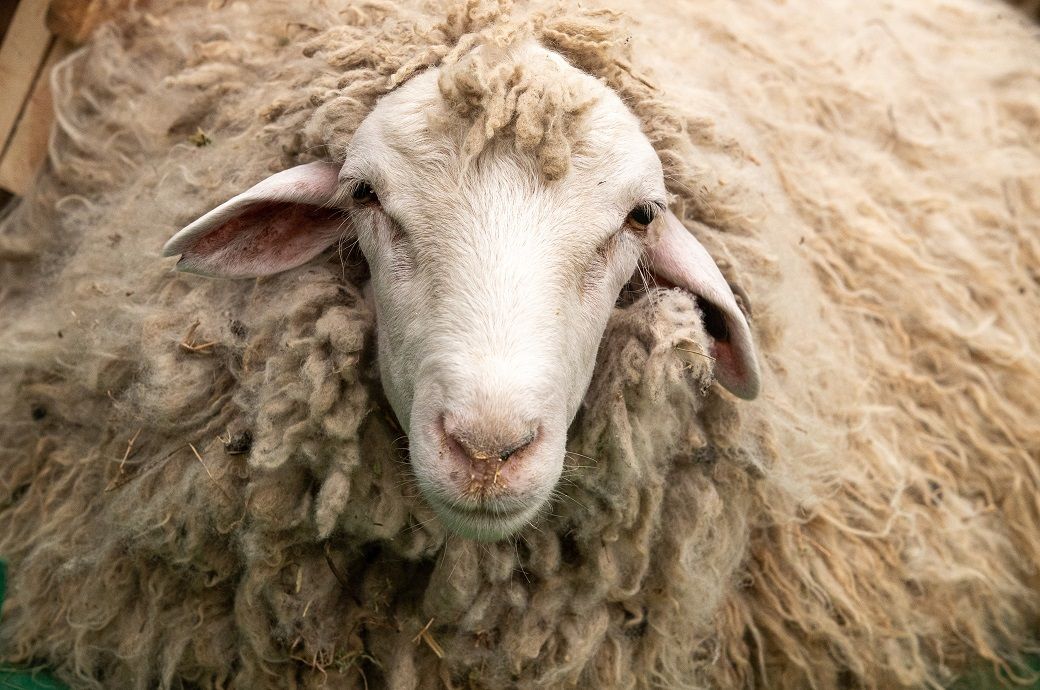
“The slow wool demand activity and price depreciation is relatively expected for this time period of each wool season, with this being the fourth consecutive year a significant price fall has occurred from July through September,” the Australian Wool Innovation (AWI) said in its commentary for week 12 of the current Australian wool marketing season.
“This year though, that price degradation situation is being exacerbated by the sluggish- at best- global economy. Rising inflation and the substantially increased costs of finance, warehousing and logistics has somewhat depleted confidence and hampered the ability of buyers to hold stocks locally for any extended time,” the AWI commentary added.
On the brighter side, however, it is hoped that a better demand situation would arise as production of garments at factories around the world is imminently set to increase to meet the upcoming sales for the Northern Hemisphere winter.
Additionally, the year on year auction sale comparisons have seen over 44,000 bales or 15.6 per cent more wool transferred to trade ownership since the commencement of the new season in July 2022.
This week, the Italian buyer representatives picked off the better types, but appeared to be more selective, allowing a higher-than-normal percentage of the better specified types to flow into the China top makers’ inventory. Merino and crossbred wool types broader than 19 micron all had losses around the 35ac mark. Cardings held on the best of all wool sectors, with just a small 5ac average price retraction.
The most influential of buyers dominated purchasing this week, with China top makers and woollen manufacturers leading the lists. Trader exporter activity was present, but none of these businesses were showing outward signs of enthusiasm or confidence in the market, the commentary said.
There will be around 37,000 bales on offer at the auctions next week on Wednesday and Thursday.
Fibre2Fashion News Desk (RKS)